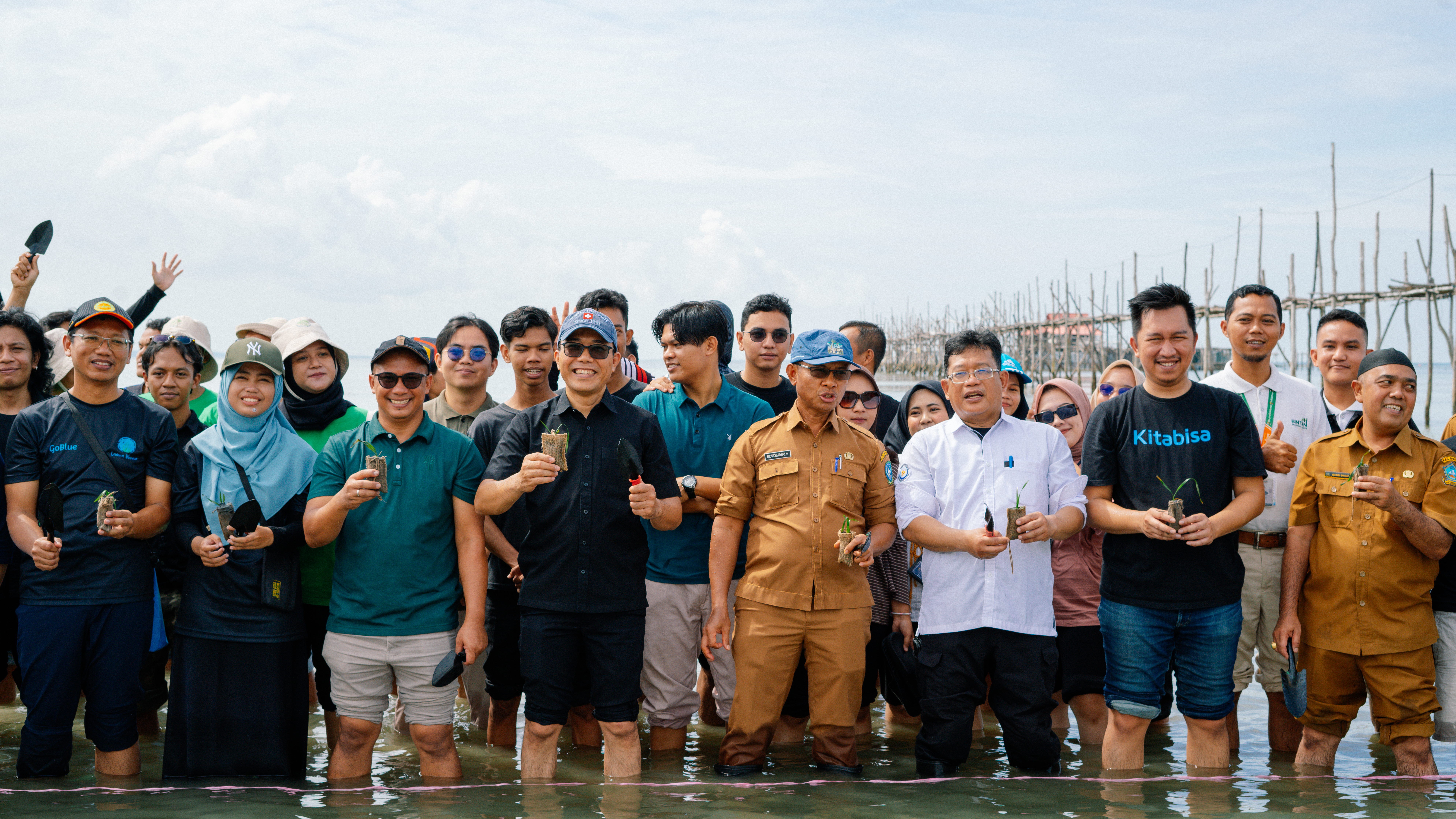Turtle hatchery management was not entirely new for local community members and authorities. Previous projects on Saint Martin Island had supported successful turtle conservation activities funded by UNDP. The Department of Environment also implements turtle hatchery initiatives during the breeding season.
In Tioman, Juara Turtle Project, the host organization who trained the Bangladeshi delegation, formed by government officials and a local community champion, shared their turtle hatchery protocol. This protocol was discussed with Saint-Martin Island turtle conservation group members and adopted to upgrade their practices.
The learnings from the site visit were easily transferrable, even if the learning exchange only lasted for a week, because Saint Martin Island’s stakeholders had already a good knowledge and practice of turtle hatchery. It was only a matter of adding some structure and process to their current practice. Even though, compared to Tioman, there are species-level differences; in Bangladesh, the Olive Ridley turtle (Lepidochelys olivacea) is predominant, whereas in Tioman, the Green (Chelonia mydas) and Hawksbill (Eretmochelys imbricata) turtles are more common. And there is a difference in the average temperature range.
Besides, they also learned how to protect turtle eggs from predation, especially by feral dogs, the biggest threat for turtle conservation on the island. This latter aspect came as a bonus, as it was not expected to be part of the learnings.
